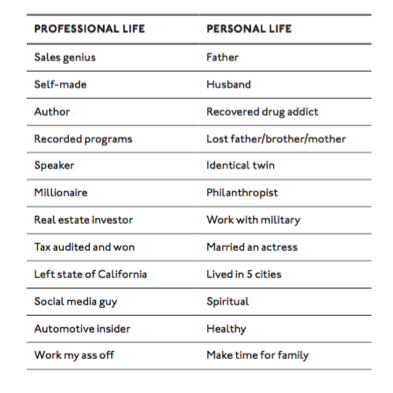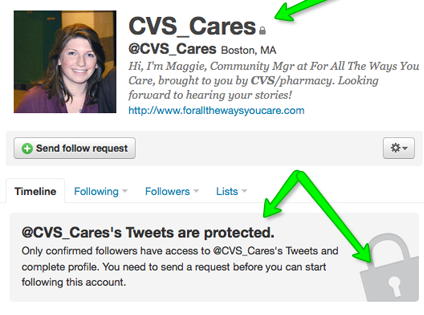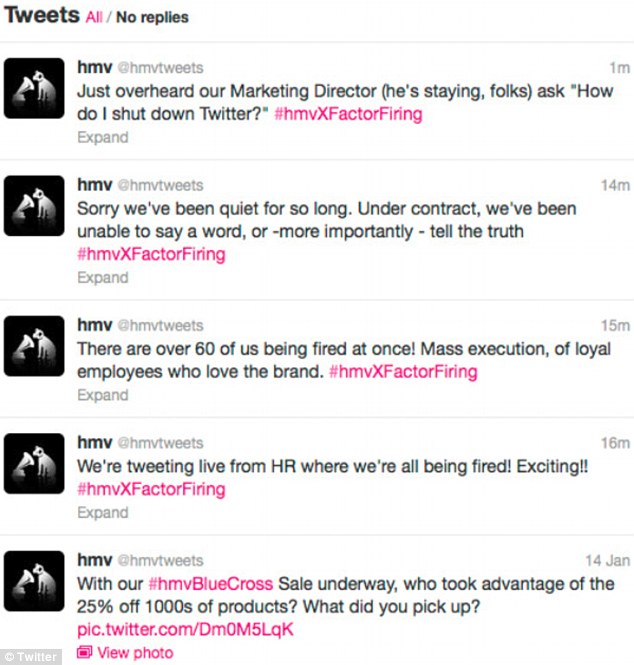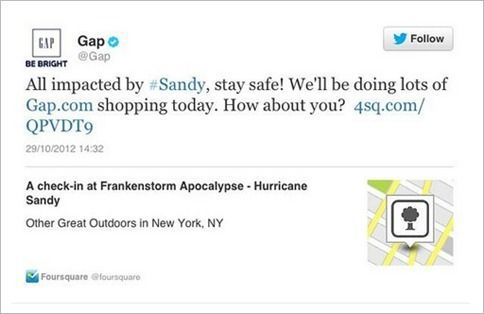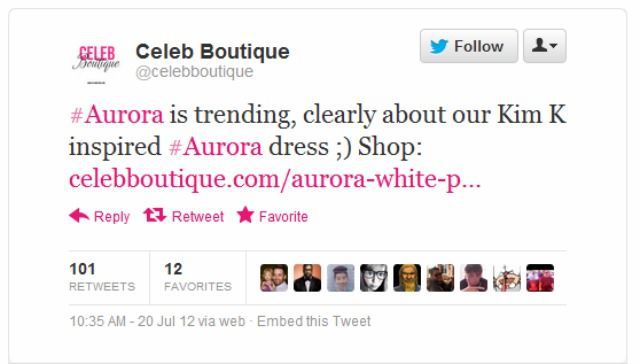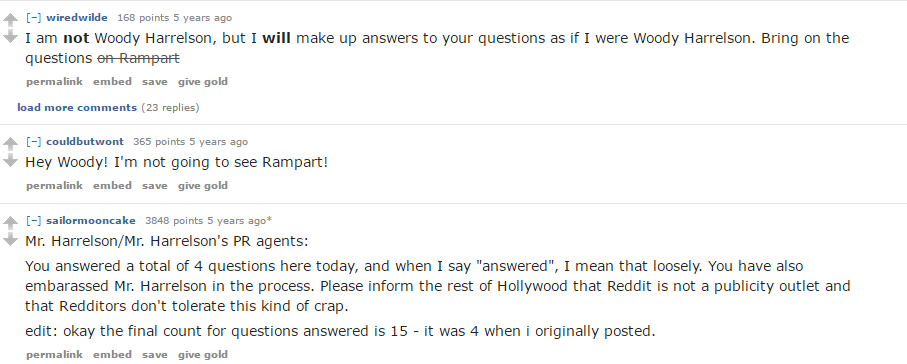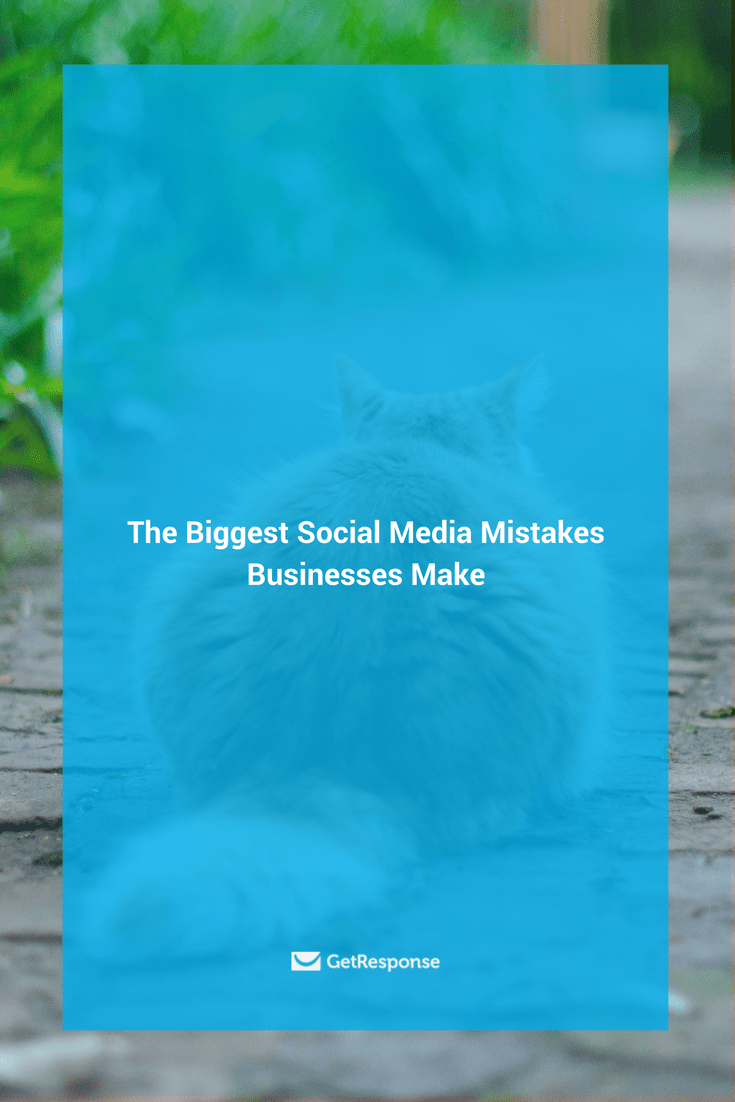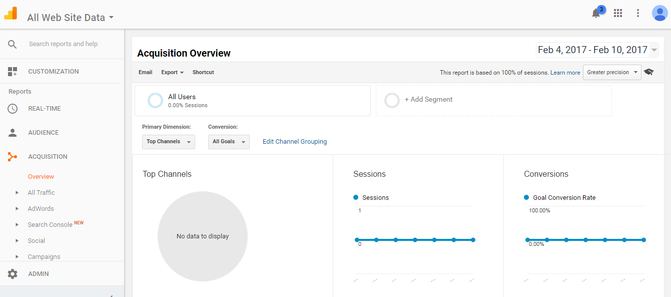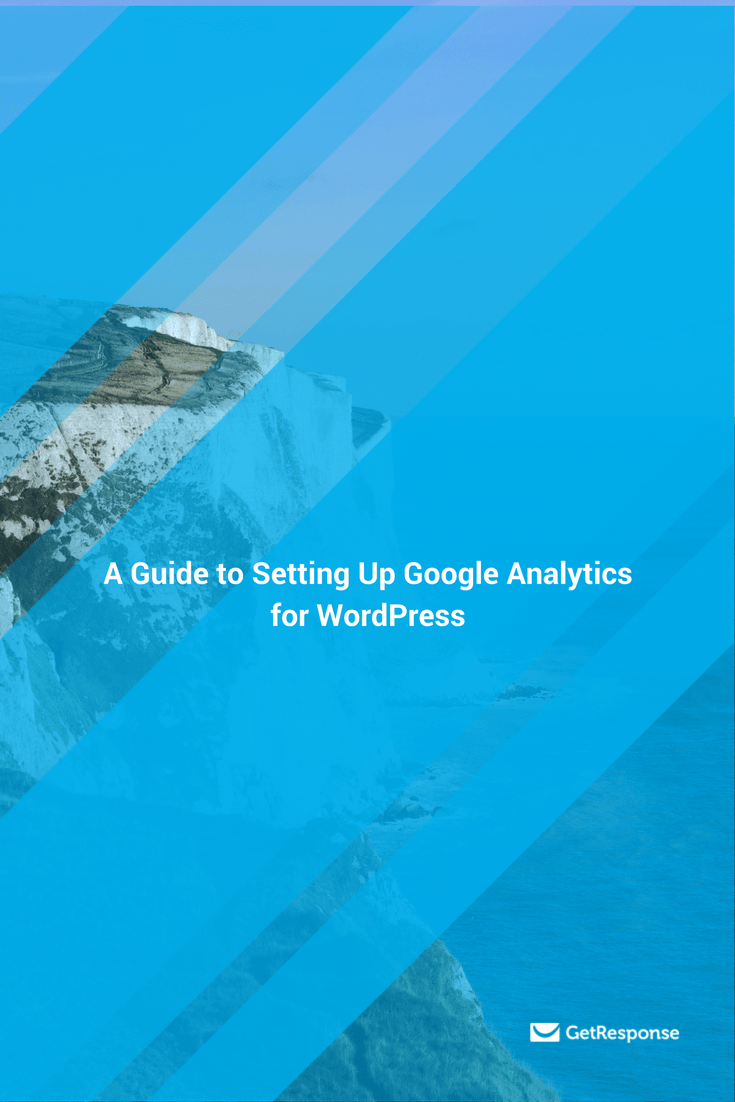Businesses are built dime a dozen, but organisations are seldom created.
If you want to be distinct and own a successful business, ensure that you and your brand stand out among other entrepreneurs.
11 strategies to start a successful business
Ask yourself these 3 questions:
- Why are you so important? – Is it your brand? Or is it that your product or services deliver valuable solution to a real problem
- What are you creating? – Jobs, opportunities, innovative strategies or tools to make life easier
- Why are you here? – Is it because of lack of opportunities or because you believe you really belong here
Once you are clear about your answers, it’s time to gear up and ensure that you as an entrepreneur do not ignore these 11 strategies to create a successful business.
1. Ideas
Ideas are cheap because they are everywhere.
Unless you have a follow through plan to implement it, there is no value in it.
“Ideas are easy. Implementation is hard” – Guy Kawasaki
You need to make sure about these two core aspects when it comes to idea and entrepreneurship:
If you are not the first, be the best
Are you the first entrant in your field? If not, it does not really make much of a difference today.
Decades ago it was vital for a company to be the first entrant in its respective field to gain an advantage. Even though that is a great way to go, in today’s world, it’s not a deciding factor.
In fact, if you are a late entrant, today, you have the ability to use data, insights, and customer feedback about that field or business to your advantage.
Remember the case when Facebook entered the social media industry at a time when MySpace was the largest player. The rest is history.
Improve and give your end users a product or a service that they love. Offer something personalized, unique and of a real value.
2. Deadlines
Since you are your own boss, at times it might be difficult to maintain that discipline or have a rigid deadline. Ideas don’t mean anything unless they are rolled out as scheduled.
The world today is more competitive than ever.
Today anyone from any place across the globe can design a solution and ensure its reach and accessibility even with minimal connections and funding.
“DO OR DO NOT. THERE IS NO TRY”
– YODA, STAR WARS
The world of digital has empowered the field of entrepreneurship with unlimited possibilities.
So the first thing you need to do is ensure that you not only meet the deadline but beat it every single time.
Don’t excuse yourself by saying you did what you could, rather ensure that you do what you must!
3. Empower digital
If you are an entrepreneur today and you are not making use of the digital tools, processes, strategies, etc. then you are seriously missing out on something extraordinary.
Digital tools such as digital marketing, social media, technology integrated marketing by using analytics, metrics, customer online behavior patterns, Augmented reality (AR), Virtual reality (VR), Big Data, website, blogs, chatbots, forums, Pay Per Click online advertising strategies, etc. would truly empower your start-up business with great control and tracking.
Have specific and realistic goals with a clear budget. Design a strategy focused on digital marketing.
Create a social media campaign with a strong content marketing plan that is tracked and measured. All that will help you with your successful business.
4. Knowledge resource for all
Integrate a knowledge resource center within your site or blog in a way that enables you to design, make and deliver solutions that are not suboptimal choices, rather a real value-add.
Imagine a website in the form of a microsite using an intranet within your organization that helps your employees learn and complement each other’s skill sets.
If you have a website, do not limit it to merely promoting your brand, marketing your services and or selling your products
It will help them connect with each other better, feel recognized, valuable, ensure continuous learning and most importantly deliver great value.
On similar lines, create a “free for all” or “exclusive / premium content resources” for end users for your customers and prospects.
This will educate them, help them, and build great trust to ensure they keep engaging with your brand.
5. Customers
Did you know that in the case of a startup, signing up with the ‘wrong type of customer’ has been one of the top 10 reasons across the globe and industries for a business to fail?
UNDERSTANDING YOUR CUSToMERS IS KEY TO STARTING UP A SUCCESSFUL BUSINESS.
Before you get that signature on the dotted line, clearly understand your customers and their expectations.
Lay down what you can and cannot afford to offer as services for the price or budget that they have in their mind.
Remember, the most important asset for a startup entrepreneur today is not clients or money, but bandwidth. So, learning to say ‘NO’ is also an important skill.
6. Hustle
“A GOOD LEADER DOES NOT GET STUCK BEHIND A DESK” – RICHARD BRANSON
I recently met a CEO of a startup who never seemed to be in a hurry. He did not have that sense of urgency and his product line was suffering along with the morale of his employees.
When asked, he answered,
I am the CEO, I have people to work, I don’t need to get out there
This was very strange and downright ridiculous. In today’s world every, second matters. It could make or break your brand and business.
As CEO of a startup, if you are not ready to be out there every single day and hustle, then you are in the wrong field.
You don’t need to be great at networking, sales or technology, but you would for sure have some skill that you are exceptional at.
Especially if you believe you can run a startup in today’s fiercely competitive world. So get out there and start on it right away!
7. Become a successful business
When you see someone winning an award, accolade, recognition, etc. always remember that’s just a preview.
The real magic, the real hard work, efforts, struggles have happened behind the scenes way before the recognition and glitz.
“GIVE ME six HOURS TO CHOP DOWN A TREE AND I WILL SPEND THE FIRST FOUR SHARPENING THE AXE”
– ABRAHAM LINCOLN
It’s time to get to the basics of business.
If you want to have a successful business, be sure to put in the efforts especially when no one is looking, because that’s where the real magic is happening.
8. Internet
Internet access, cheaper technological devices, better and faster internet speed, and an easier way to buy and sell is rapidly becoming a routine even across the most remote areas around the globe.
So whether you are here to generate jobs, deliver learning experience to users for free, sell your products or services across the globe, be a part of the digital bandwagon for the right reasons using the right tools and at the right time.
THE FUTURE OF ADVERTISING IS THE INTERNET – BILL GATES
The Internet is not limited to marketing and advertising. It’s a great place to connect and add value every single day.
It will enable you to build trust with end users, loyalty and eventually be a household name.
Embrace it for the right reasons. Remember, the learning curve never ends.
9. Simplify things
If you need an advertisement or a how-to-use website for the customer to understand your product, you’re doing something wrong. Especially talking about e-commerce.
IF YOU CANNOT EXPLAIN IT SIMPLY, YOU DON’T UNDERSTAND IT WELL ENOUGH – ALBERT EINSTEIN
Whatever you create today, try using it like an end user who is seeing the site for the very first time. Or, get someone new to use the site or test the product and take their honest feedback.
If it’s not simple enough, it’s not going to convince users to buy from you.
10. Discipline and work ethic
There might be people, professionals, entrepreneurs with more resources, talent, skills, money, network and connections, even better products than what you can offer, but always keep in mind, nothing beats discipline.
Be a yardstick of quality. Some people aren’t used to an environment where excellence is expected -Steve Jobs
If you have a work ethic that does not allow anyone to overwork you or outperform you, then nothing can keep you down. Discipline and work ethic beats luck and resources every single time.
11. Think
Did you know Henry Ford used to hire people whose job was only to ‘think’?
Think is the hardest work there is, which is probably the reason why so few engage in it -Henry Ford
Many times, entrepreneurs in their desperate need to be seen and heard get obsessed with tools and technology for the wrong reasons.
And in this process, they ignore the most valuable asset of all: intelligence, strategy, and thinking.
A well-thought and planned approach towards anything can and will always deliver better results. So ensure you invest in thinking too!
How do you find this article? Do you like these tips? What tips would you recommend? Share your thoughts and experiences in the comment section below.
For more sales tips, check our entrepreneurship section and subscribe to our weekly newsletters.
The post 11 strategies to start a successful business appeared first on AlphaGamma.



